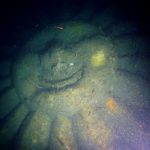It’s been a century since the Italian navy ship hit a mine and sank near the small Istrian town of Ližnjan. A closer look to the shipwreck on April 25, 2018
If you’ve read this piece about the free guided tours in the Istrian town of Ližnjan, you might recall the name Cesare Rossarol, cited up there in the title. An Italian navy ship that sunk off the coast of Ližnjan in 1918, Cesare Rossarol has spent an entire century on the seabed, becoming somewhat of a local attraction as time went by. Seeing that Ližnjan Municipaliy is preparing an entire programme dedicated to the sunken ship, we thought it a perfect opportunity to take a more detailed look at the history of the poor wreckage:
The ship was a scout cruiser built in Genoa in 1913 and launched a year later in Liguria, Italy. It had two sister ships, Alessandro Poerio and Guglielmo Pepe, all of the three named after renowned light cavalrymen from Naples who defended Venice from Austro-Hungarian attacks in 1848.
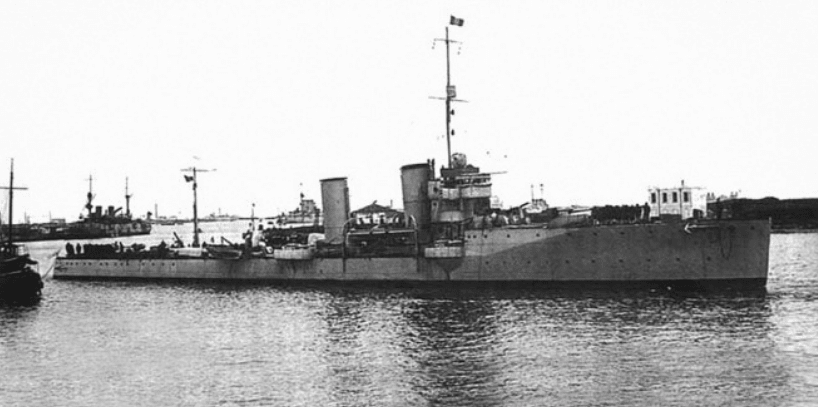
Cesare Rossarol / Diving Center Shark
Cesare Rossarol and her sister ships patrolled the northern Adriatic until 1917, when she was incorporated into the Fourth Division and played a part in a couple of battle operations in World War I.
During the war, Austro-Hungarian soldiers set up minefields along the Istrian coast. Even though the warfare between Italy and Austria-Hungary was officially ended by an armistice signed on November 3, 1918, the position of those minefields was not communicated to the local forces, resulting in many a ship sinking off the coast of Istria, having hit a naval mine.
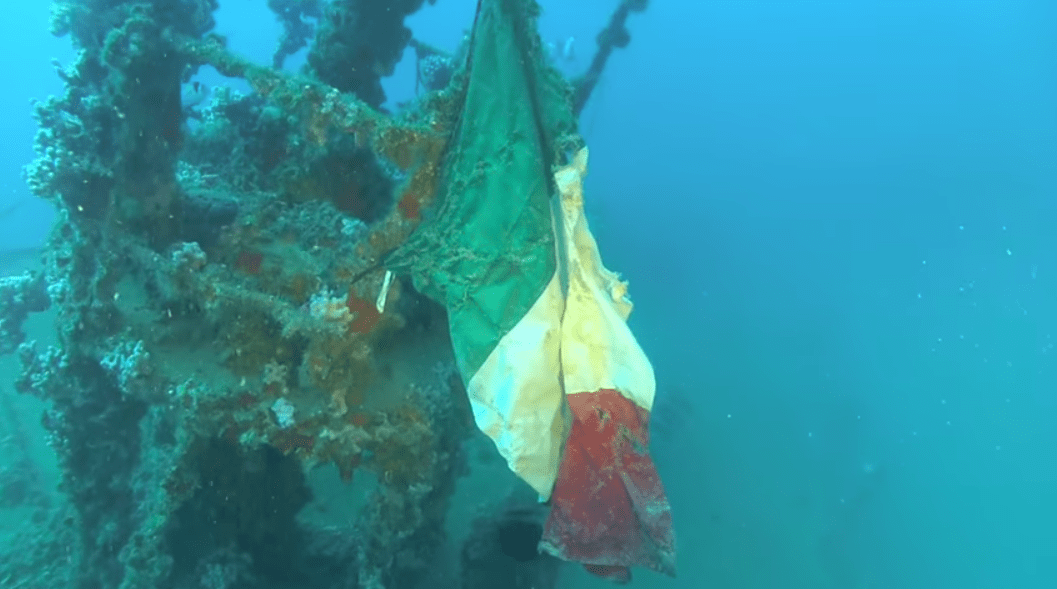
Not even two weeks had passed after the armistice, and the poor Cesare Rossarol ran into a mine near Ližnjan. She was on anti-submarine patrol duty in the waters of Pula, which used to be the main naval base of the Austro-Hungarian Empire at the time. On November 16, 1918, Cesare Rossarol was on her way to Rijeka (then Fiume), transporting a Serbian officer who had an official assignment to carry out. So she moved from Pula to Cape Kamenjak, circling around the southernmost point of Istria until she hit a mine. The impact tore the ship in two; the bow sank instantly, while the stern drifted a while until it sank to a depth of 50 metres.
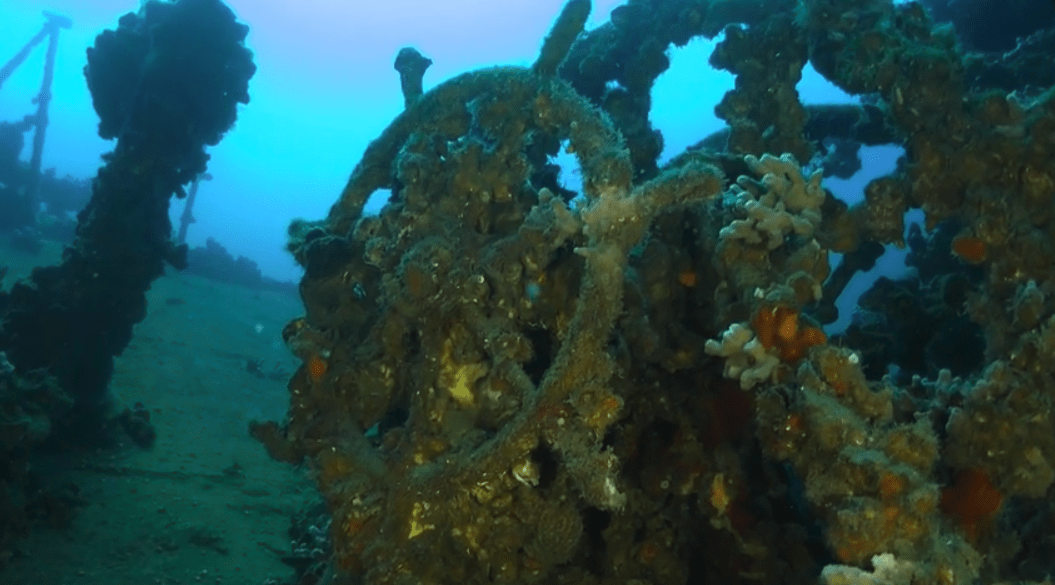
Cesare Rossarol had a crew of 109. Even though eighteen ships were quick to arrive at the site, most of the crew were trapped inside the hull. Ninety-three crew members died that day, including seven officers and the captain.
Their grieving families had a memorial installed in Ližnjan in 1919, a solemn token of remembrance of one of the biggest losses the Italian navy had experienced during WWI.
David Orlović / Wikimedia Commons
Ližnjan Municipality and the local tourist board have decided to mark the 100th anniversary of the end of WWI with several events dedicated to the sunken ship. First, there’s the manifestation ‘Ližnjan Time Machine’, the previously mentioned series of guided tours; the last one will take place on April 28 and introduce the visitors to the wreckage and the local memorial. Starting at 11 at Matićev Pisak beach at Kuje Bay in Ližnjan, the tour will take the attendees to the wreckage site for an interesting lecture about the unfortunate ship. By the end of the month, the memorial will be joined by a new informative panel, meant to provide tourists and local visitors with some facts about the ship. A second panel will be installed in front of the municipal building in the centre of Ližnjan.
Later on, sometime in May, Ližnjan Tourist Board will host an exhibition named ‘Cesare Rossarol, then and now’, an informative display that will also include a special exhibit: a bell raised from the sunken ship that’s nowadays preserved in the History and Maritime Museum of Istria. Two months later, the exhibition will relocate to the Vela Nera restaurant in Šišan which is also preparing a menu inspired by Cesare Rossarol, Glas Istre reports.
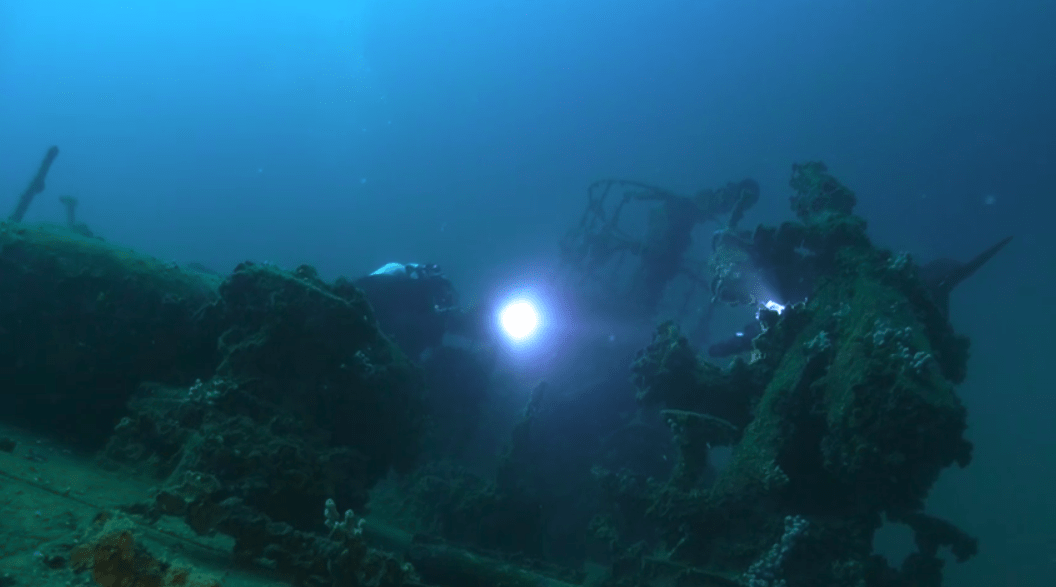
In August, the summer cinema Histri in Nezakcij will screen the 30-minute documentary film ‘Cesare Rossarol’ made by Latinka Janjanin from the County Department for Urban Planning. The author said she got the idea back in 2004 when she first started working on the green agenda for Ližnjan. “That’s when the wreckage got some attention. We looked for information about the ship in the Maritime Museum of Trieste and among the residents of Ližnjan. The ship, 85 metres long and 9 metres wide, was sailing from Pula, and her captain Ludovico de Filippi had to ensure safe passage through four large minefields. Rescuing the surviving crew members was made more difficult by the cold and the oil spill that kept spreading around the sunken ship. Some of the people were transported to the Tegetthoff barracks, while the seriously injured were taken to the Navy Hospital”, Janjanin said. Asked whether Cesare Rossarol was properly explored, she said the ship has been systematically devastated for a long time now.
Unlike the Austro-Hungarian passenger ship Baron Gautsch that sank off the coast of Rovinj in 1914, Cesare Rossarol isn’t a protected cultural good. And yet, it has started to spark attention from divers, researchers and the wider public in recent years. Robert Lehokai from the company Diving Network announced that a group of European journalists will visit the site in September and later publish a story about Cesare Rossarol. In the same month, Ližnjan will host the International Festival of Underwater Film and Photography ‘White Lion 9’, followed by a series of lectures. And for the final event, a wreath-laying ceremony will take place on the site in November, on the exact date on which the ship sank to the bottom of Istrian waters, 100 years ago.
Take a closer look at the wreckage in the video below:


